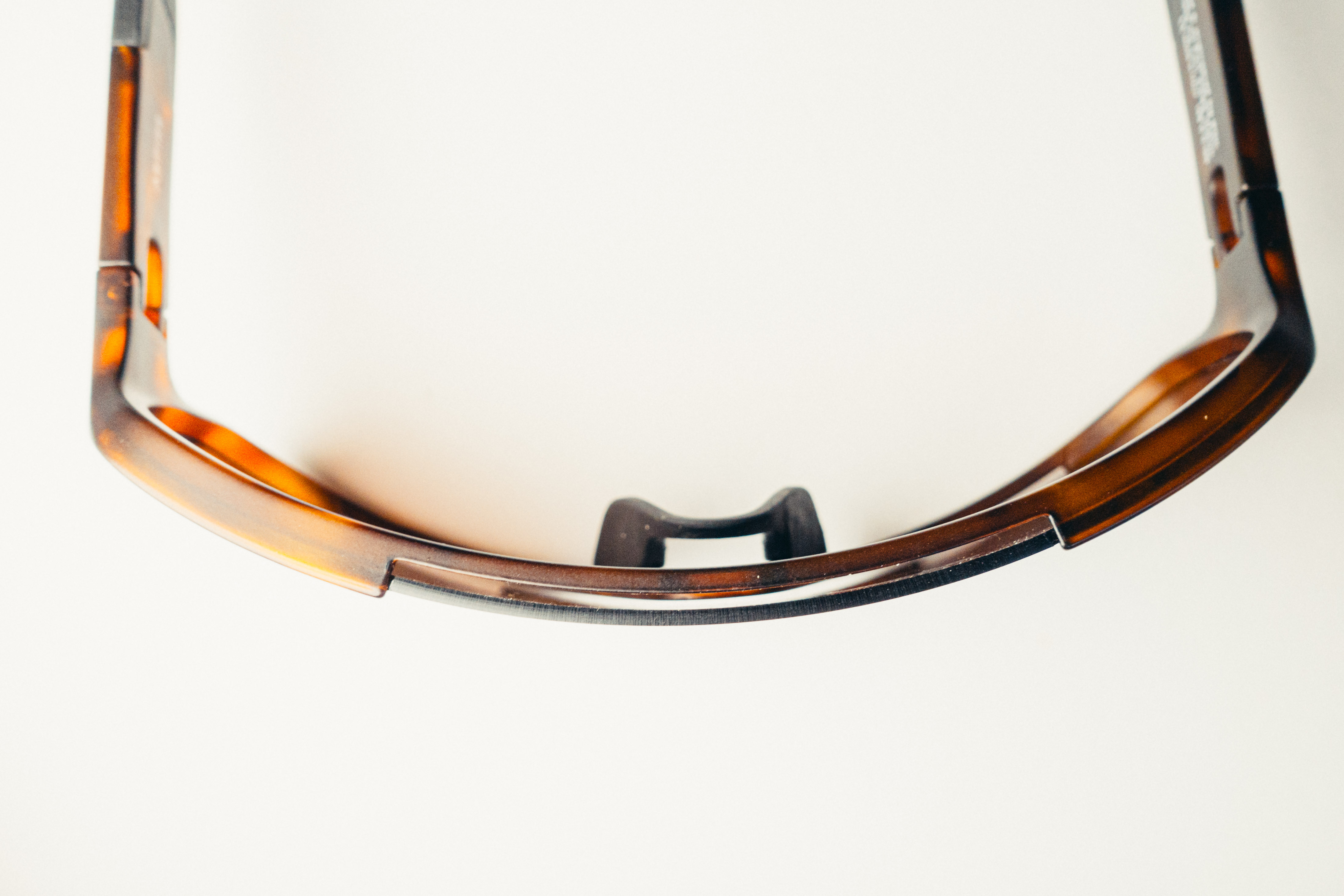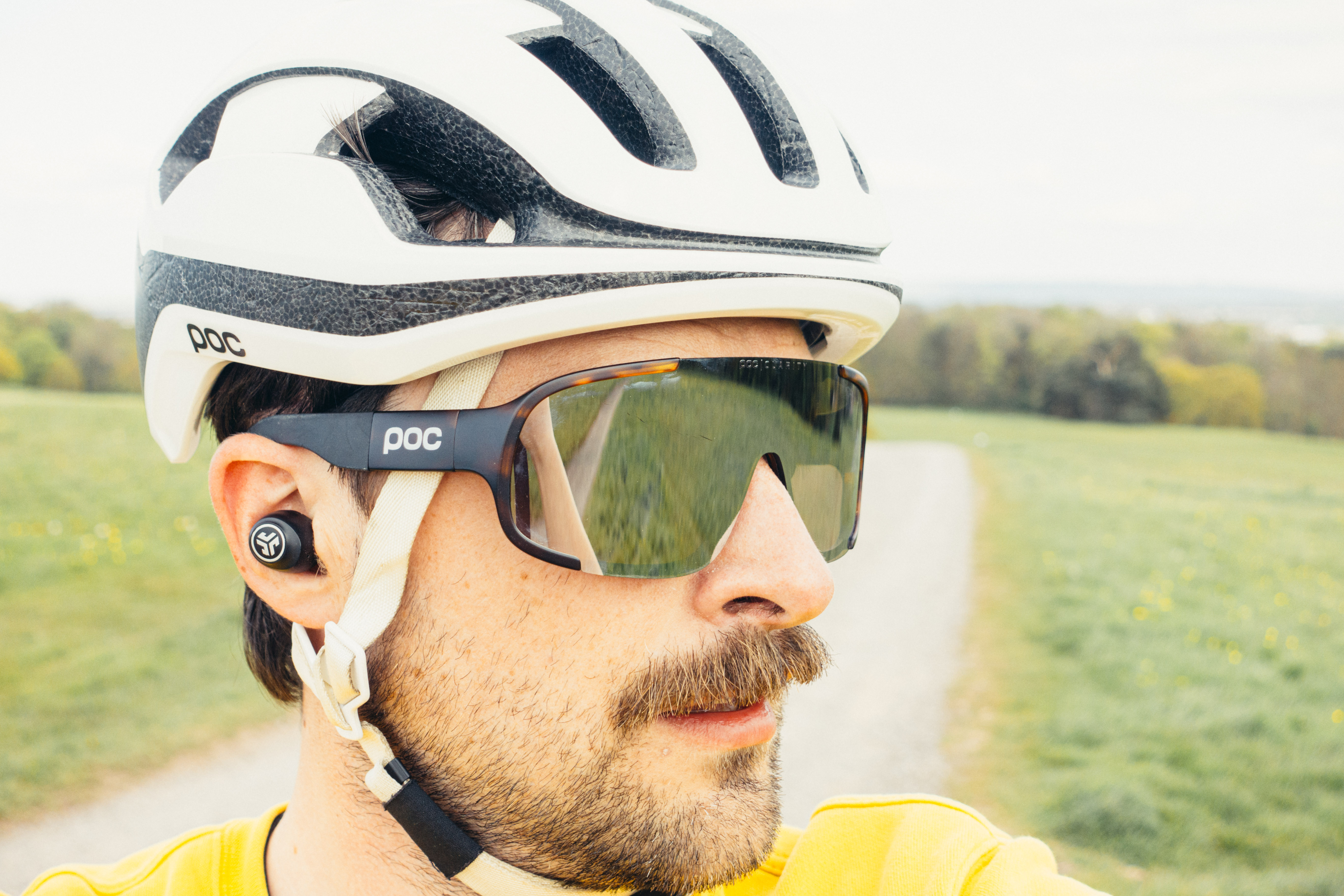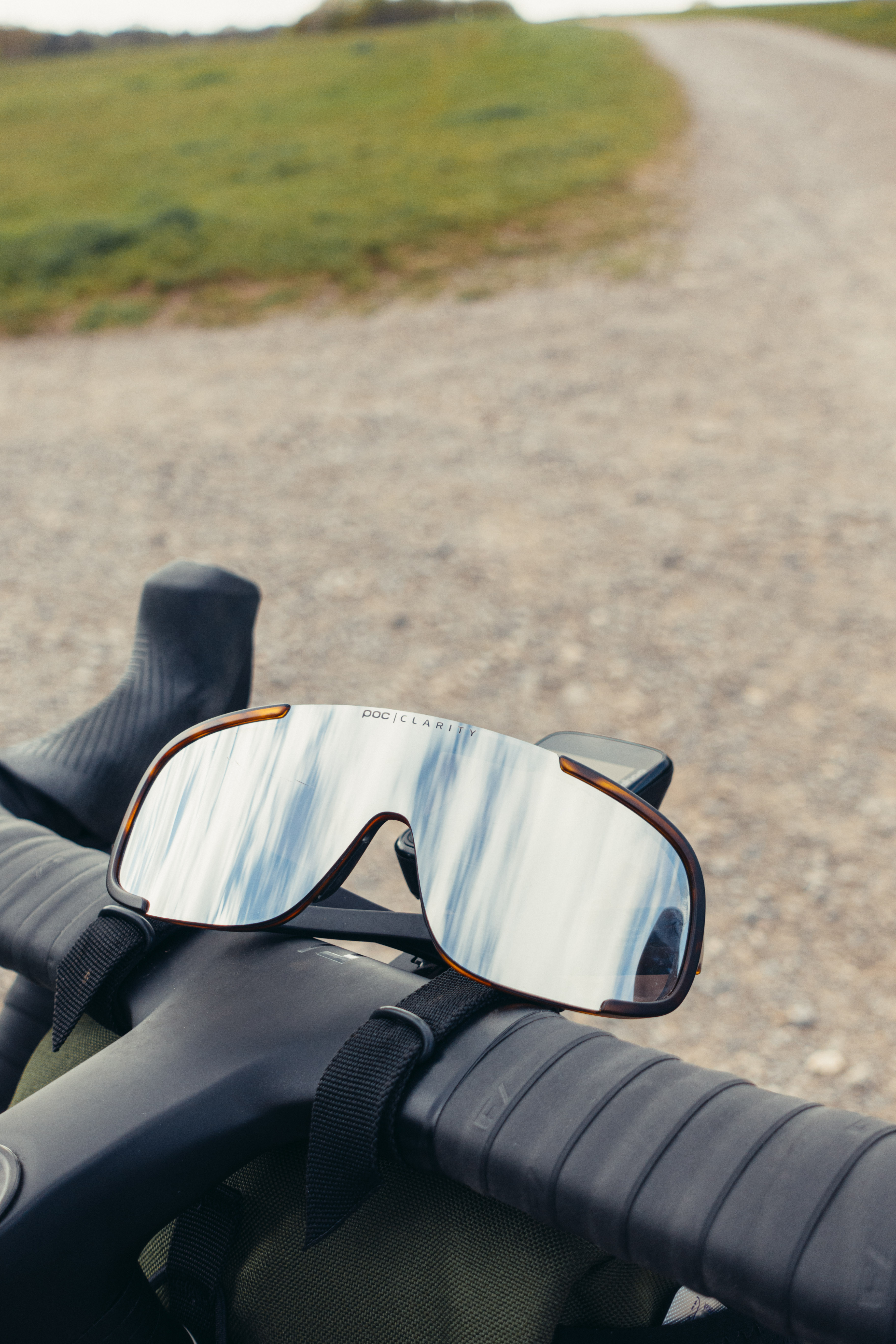
Most of the big players in the world of the best cycling glasses have a model or two that are perennials. Other styles come and go as trends change, but a few core models remain. Oakley has the Radar and latterly the Sutro, 100% has the S3, and POC has the Aspire. It’s the archetype of the brand’s sunglasses offering, and while it wasn’t necessarily the pioneer of the shape (that accolade goes to the rather dated-looking ‘Do’ model from back in the Garmin Sharp days) it’s remained popular for years amongst the pros of EF Pro Cycling and amateurs alike, especially those who want to look a little more fashion-forward.
Aesthetics are important when it comes to sunglasses; they’re very much like the best cycling socks in this regard. But looks aren’t everything, and they have to perform too. While POC has several models in my guide, these are the brand's best offering for generalists. Why should you pick these when there are so many options out there? Well, I'm not going to tell you everything in the intro, so get scrollin’.



Design and aesthetics
Big, organic curves are what defines the POC design language and that’s exactly what you’re getting here. The Aspire is technically a full-frame pair of sunglasses, but the way the replaceable lens (clear not included) fits into the frame occludes the central section on the upper and lower, making it seem like the lens is held in tension between the two sides.
The lens itself is wide. It’s not as wide as the Spatz Shield that I recently reviewed, but its width is exacerbated, visually at least, by a relatively flat profile. The actual lens size is similar in width to the heavily wrapped POC Propel, but the Aspire has a very modest wrap, and the edges of the lens sit quite far from your face.
The arms are relatively unique. Most cycling glasses either come with hooked arms that aim to hook behind your ears or, more commonly, flat, curved arms that aim to hug the sides of your head tightly. The Aspire, thanks to the fact that the edge of the lens is so far from the face, does things a little differently. The rear two-thirds of the arms are bendable, so you can mould them to your desired fit. In my case, with my tiny head, it means only the very ends of the arms are really in contact with my skull.
The arms are relatively chunky too, by modern standards. If you compare them to something at the other extreme like the 100% Hypercraft you’ll see what I mean. This, combined with the moldable metal core of the arms makes for a slightly heavier package than most - at 40.6g they’re one of the heaviest, though still lighter than the enormous Spatz Shield and the similarly giant POC Devour.
While there are no vents through the lens, there are a few gaps between the lens and the frame - one across the brow and two at the base, one under each eye. They aren’t huge, but any venting is helpful, venting usually makes more of a difference when the lens is heavily wrapped and those tend to be more fog-prone.

Performance
The first thing to note is that you’re going to know you’re wearing them. Some superlight models like the POC Elicit have such a feathery quality that you genuinely can forget you’re wearing them, but that’s not the case here. While they are a little weighty, they hold that weight well; the moldable arms do a great job of gripping the head, and the nosepiece, while not nearly as tacky as those found on Oakley cycling glasses, holds on well. This is bolstered by the full-frame design, which is always more secure (with the notable exception of the Oakley Encoder).
Because the lens sits further from the face you have a similar feeling as you get with the Spatz Shield; that you’re looking through something. It’s a pretty subtle difference, but with heavily wrapped lenses they sit so close that your eyes can never really focus on the lens itself, whereas here you do get the slight feeling of watching the world through a window.


The frames are going to be in your eyeline, but they aren’t distracting, at least not in this tortoiseshell option. When riding the lowers especially are rarely seen as you tend to look through the upper portion of the lens. If you ride a super aggressive position then these may not be the best for you, but I never really found the uppers to occlude anything. As you might imagine with such a wide lens, the peripheral vision is also excellent.
POC’s Clarity lenses, its upper tier optics to rival Oakley’s Prizm range and the 100% HiPER options, are excellent. They take the form of the tried and trusted ‘high contrast base colour with a mirror coating’ and the results are very good. They’re better than the 100% HiPER, but still not quite as good as the Oakley Prizm Road. They are mirrored though, and let’s all be honest here, that’s an important aesthetic point in their favour.
All in all, I had very few issues with the Aspire. They stayed put, were really comfy, they looked good, they blocked the wind out very well indeed, and importantly they have a certain look that sets them apart from the majority of the options out there at the moment. They even did a great job of blocking the sun’s rays, too, though you’d hope so in a premium pair of sunglasses.

Value
Like many premium cycling glasses nowadays you only get one lens, but much like the Prizm Road options the Clarity lenses are decent enough to be used in relatively low light. The lens swap is easy, though a POC branded clear lens is £90, so I’d count that out and just slot them into your helmet when the sun goes down.
As they’re an older model the price has come down a lot. I’ve seen places selling them for under £100, which makes them a steal, but even at the £160ish mark they represent decent value. The construction is excellent, the lens quality is superb, and you’re going to look good.

Verdict
If you’re after something with a visual package a little different than your club mates then these are a great option. They’ve got that EF ‘cool bike team’ cachet, they have excellent lenses, and they are a lot more sturdy than some glasses I’ve tested. If you’ve got a small head they may swamp you a little, but unlike some big glasses they aren’t so tall, so they’re far less likely to foul on the brow of your helmet.
In short, they’re some of the best looking cycling glasses on the market, with performance to match.







